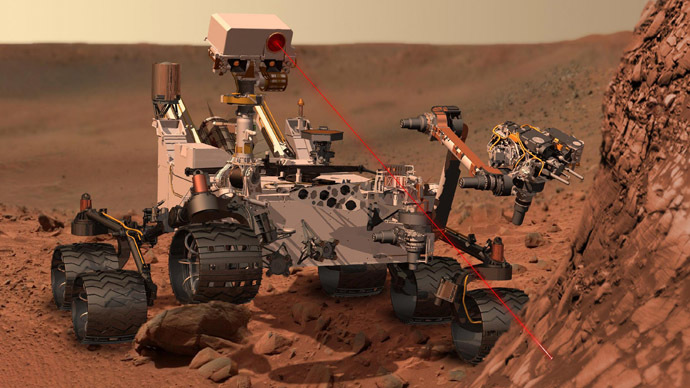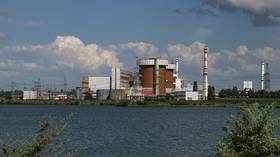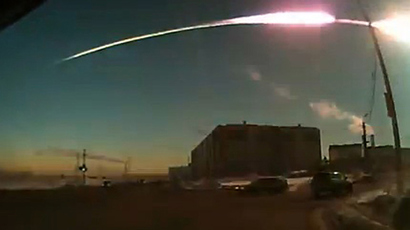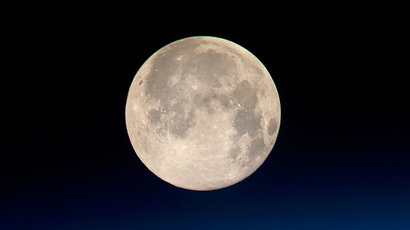No signs of life on Mars? New findings of Curiosity rover revealed

NASA’s Curiosity rover, a car-sized robot that landed on Mars just over a year ago, has found no traces of methane on Mars. The gas is considered to be one of the signs of potential life.
The discovery was published in the journal Science, and it puts in doubt the claims that occasional large clouds of methane appear on Mars. The measurements were taken during the period from Martian spring to late summer, but methane wasn't detected.
“The certainty that methane is there will go away," Kevin Zahnle, a planetologist at NASA's Ames Research Center in California, US, stressed. “Even if its presence can’t be ruled out.”
Humanity has been on a quest to find Martian methane for quite a
long time: the first study on the subject appeared in 1969, but
months later the team backed down from their theory.
In 2004, researchers with the European Space Agency's Mars Express orbiter indicated they had found traces of methane on the planet. The scientists studied the spectrum of sunlight passing through the Martian atmosphere and looked for evidence that infrared light of specific wavelengths had been absorbed by methane to form so-called "spectral lines."
However, scientists haven’t seen any signs of methane on the planet since 2006.
The Curiosity measurements could clarify the issue because it’s
the first study carried out on the Martian surface itself.
Curiosity's Tunable Laser Spectrometer (TLS) probes isolated
gulps of Martian gases, able to measure spectral lines with much
higher resolution and precision than a terrestrial
telescope. And the latest study reveals that there is no
methane on Mars.
Nevertheless, scientists believe that Mars could have at least a little methane: the Martian surface may contain pockets of methane-producing microbial life that Curiosity hasn’t detected yet.
“If it had found methane, that would have been killer,” Dr. Zubrin told the New York Times, referring to Curiosity. “Yes, it’s disappointing in that we didn’t get a pony for Christmas. But it doesn’t mean there aren’t ponies out there.”
Michael Meyer, NASA's lead scientist for Mars exploration, also didn’t definitively rule out the possibility of finding life in the planet's soil following the methane findings.
"It reduces the probability of current methane-producing Martian microbes, but this addresses only one type of microbial metabolism. As we know, there are many types of terrestrial microbes that don't generate methane."
In a month, India is set to launch a Mars orbiter that will also
be able to detect methane – and once again, explore the answer to
the long-standing question, “Is there life on Mars?”















